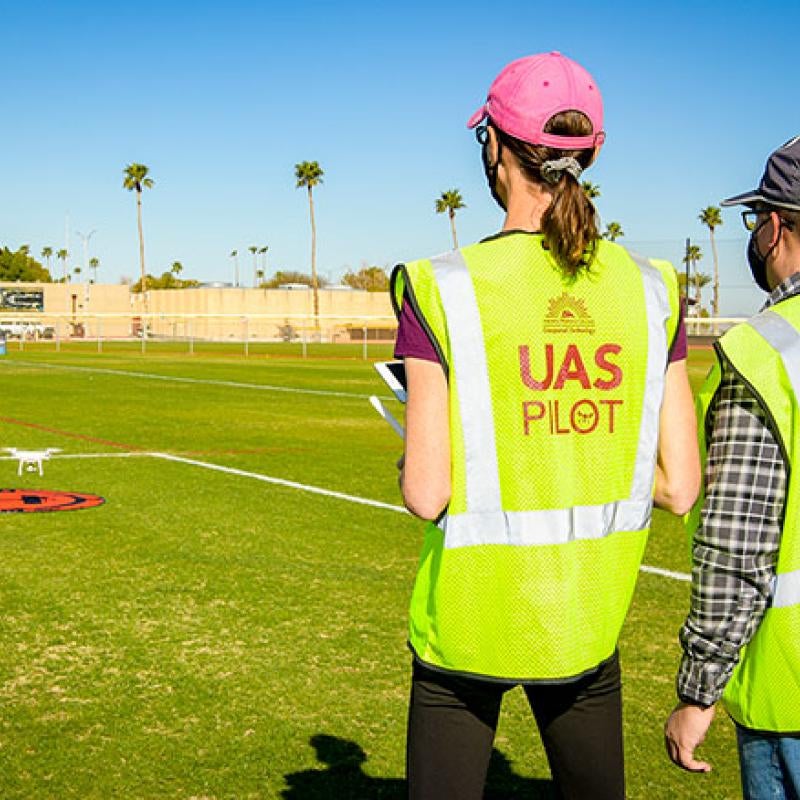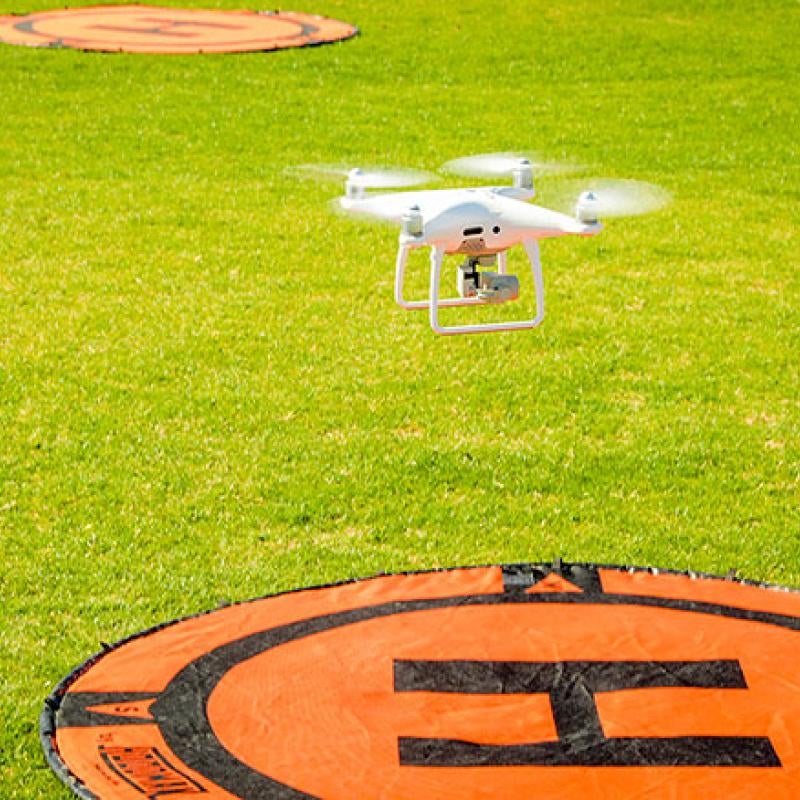Drones and Geospatial Technology
Program Description
The drones and geospatial technology programs are designed to prepare students for careers in the field of Unmanned Aerial Systems (UAS) and Geospatial Technology GIS. The operations of UAS have a variety of research and commercial uses, with rapid growth and continually evolving applications. The UAS program emphasizes remote observation with aviation fundamentals and complete knowledge on aviation safety and FAA regulations. With the knowledge and skills needed to develop and manage geospatial technology projects and implement GIS as a dynamic system for decision making and establishment of policies, students will be able to pursue entry level careers in UAS and or GIS.
Our certificates will provide students with a wide range of skills and gain industry-specific experience in:
- Aviation fundamentals, aviation safety, and FAA regulations.
- Collecting, integrating, and manipulating geospatial data, using technologies such as aerial photography, light and radio wave detection systems, digital satellites, or thermal energy systems.
- Adjusting remotely sensed images for optimum presentation by using software to select image displays, define image set categories, or choose processing routines.
- Constructing mapping projects.
- Preparing documentation or presentations, including charts, photos, or graphs.
- Designing graphic representations of Geographic Information Systems (GIS) data, using GIS hardware or software applications.
- Analyzing Geographic Information Systems (GIS) data to identify spatial relationships or display results of analyses, using maps, graphs, or tabular data.
- Maintaining and modifing existing Geographic Information Systems (GIS) databases.
- Entering data into Geographic Information Systems (GIS) databases, using techniques such as coordinate geometry, keyboard entry of tabular data, manual digitizing of maps, scanning or automatic conversion to vectors, or conversion of other sources of digital data.
Degree(s) / Certificates(s)
Program Photos
Contact Information
Faculty/Staff Contact(s)
| Name | Title | Phone | |
|---|---|---|---|
| Hikmet Budak | Director of Agriculture | (928) 344-7742 | Hikmet.Budak1@azwestern.edu |




